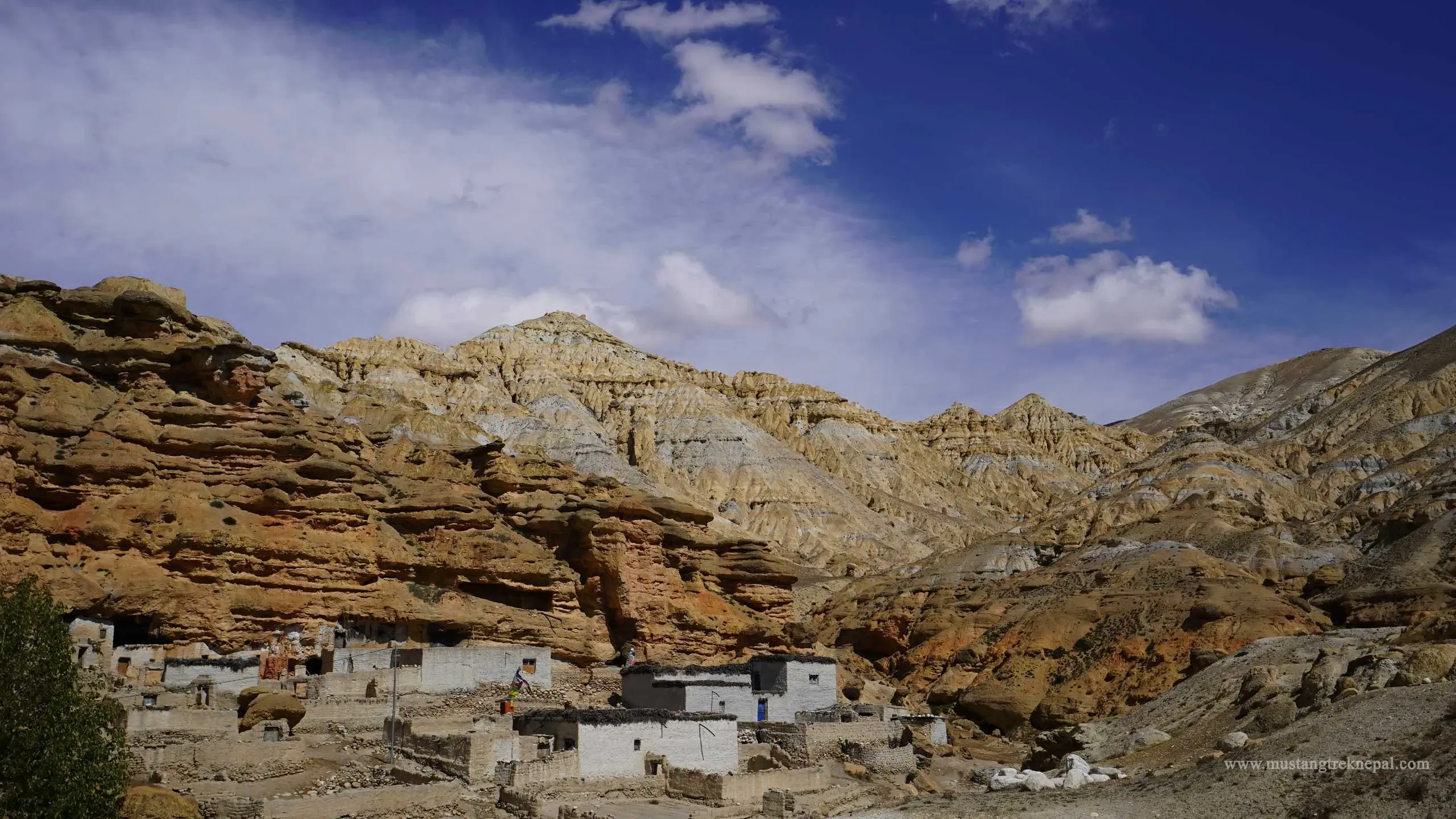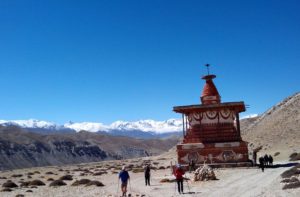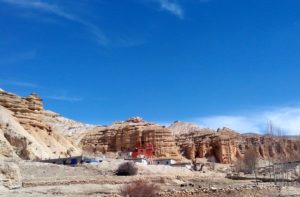Peoples, culture & interesting facts about Mustang Nepal

Explore peoples, culture of Mustang Nepal
Mustang area field with pure natural and cultural diversity located in Dhaulagiri zone in northern part of Nepal. This article try to explain on interesting facts about Mustang Nepal. There are two parts of mustang (upper mustang and lower mustang).
Lower mustang famous for pilgrimage Kagbeni & Muktinath, Annapurna circuit trek and apple farming. Upper Mustang its natural beauty, unique culture & picturesque landscapes. Due to its geographical location, Mustang is largely dry, cool, and semi-arid.
People of Mustang Nepal
The people of Upper Mustang are primarily Buddhists, and their religion plays a significant role in their daily lives. People of Mustang are a mixture of various ethnic groups, including the Gurung, Thakali, and Lopa. The Lopa are the original inhabitants of Mustang, and they have their own unique culture and language. The Lopa are known for their strong attachment to their traditions and customs, which have been passed down from generation to generation. Mustangi people are friendly and welcoming, and visitors are often invited to participate in their daily activities, such as farming and cooking.
Culture of Mustang Nepal
Mustang is known for its unique culture, history, and geography. The majority of people in Mustang practice Tibetan Buddhism, and there are numerous monasteries and chortens (Buddhist stupas) throughout the region. The most famous of these is the Lo Gekar Monastery, which is said to be the oldest monastery in Nepal.
Mustang is also known for its shamanistic beliefs and practices. The shamans, or bönpo, are highly respected in Mustang, and their healing rituals and ceremonies are an important part of the culture. The cuisine of Mustang is also unique, and reflects the region’s geography and climate.
The architecture of Mustang is another notable feature of the region. The traditional houses are made of stone and mud, and feature intricate wood carvings and brightly colored doors and windows.
Mustang has a rich and vibrant culture that has been shaped by its history, geography, and people. Mustang region is home to a unique culture that has been preserved for centuries. Visitors can experience this unique culture firsthand, through trekking, cultural tours, and homestays with local families. Mustang is truly a gem of Nepal, and a must-visit destination for anyone interested in culture and adventure.
Interesting facts about Mustang Nepal
01: One of the most interesting facts about Mustang Nepal is that Mustang is known as the lost kingdom of Tibet. In the old times, it used to be a part of the Tibetan empire.
Therefore, kingdom of mustang is closely connected to Tibet in traditions, cultures, religious beliefs, languages, and geography. Now, Mustang is a part of Nepal. People of Mustang still practice Tibetan Buddhism in its pure form.
02: The inhabitants of Mustang either belong to Tibetan or Thakalis origin and culture of Mustang is highly influenced by Tibetan cultures and customs.
03: The administrative center of Mustang is located at the Jomsom town. The town has had an airport since 1962. Mustang was opened for the western tourists in 1992 and since then, Jomsom has become the main entry point for the tourists.
04: Being surrounded by the snow-capped mountains, Mustang receives snowfall in winter, dry and cold year round.
05: Lo Manthang is the capital of Mustang. Here, trekkers can see some interesting Gompas, traditional houses, narrow streets, and a royal palace. You can explore most of the town in a few hours.
06: Animal husbandry and trade are main sources of income for people of lower and upper Mustang.
07: Upper Mustang is a place of religious importance for Hindu followers. A large number of Hindu pilgrims visit the Muktinath temple because they believe that bathing here is a ritual to obtain salvation.
08: Another sacred site of Hindu “Damodar kunda” also situated in upper mustang. it is the origins of fossil stone.
09: One of the interesting facts about Mustang Nepal is that religion and festivals have important role in the life of Mustang people. Tiji, Lhosar, Saka Lugka and Duk Chu are main festivals of Mustang’s inhabitants. On special occasions, people invite lamas to perform religious rituals at their homes.
10: Tiji festival is one of the main festivals celebrated every year, in the month of April or May, by the people of Mustang. This festival is influenced by the Tibetan Buddhism and has an important role in the culture of Mustang.
11: Local still practice fraternal polyandry (marrying all the brothers of a family with a single girl) in kingdom of mustang. it is a socially acceptable way of family life in the culture of Mustang Nepal. 
12: Upper Mustang and Kali gandaki valley a part of traditional salt trading route from Tibet to India used in the 15th century.
13: Upper Mustang trek offers an opportunity to discover the years old monasteries, caves civilization and sky burial in the Himalayas.
14: Barren landscape of Mustang has kept the thousands of years loneliness, culture, lifestyle and heritage intact for centuries.
15: Sacred Kingdom of Lo or Upper Mustang is only place to explore the living Tibetan culture in Nepal.
The surrounding areas of upper mustang offer many attractions and natural treasures. Jhong cave, monastery, Cora la border, snow covered mountains and grand rock formation attract the attention of travelers. Trekking tours and sightseeing activities can be performed in upper mustang areas.
We advise all to plane trip before 1 PM because afternoons can be very cold and windy. If you would love to explore peoples, culture & interesting facts about Mustang Nepal, book upper mustang tour or trek with us to see its wonder. Our professional guide help you to make epic journey to Lo-Manthang Nepal.

